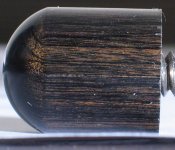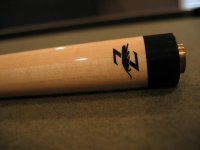When I take pictures of my cues I always have a problem with the lighting. What do you guys do to get really high quality pictures? Should I take the cues outside and photograph them in daylight or buy some special photography lights or flashes? Any and all information you can give me will be greatly appreciated.
Zeeder
P.S. So you know what I'm working with I have a Nikon D70.
Zeeder
P.S. So you know what I'm working with I have a Nikon D70.



